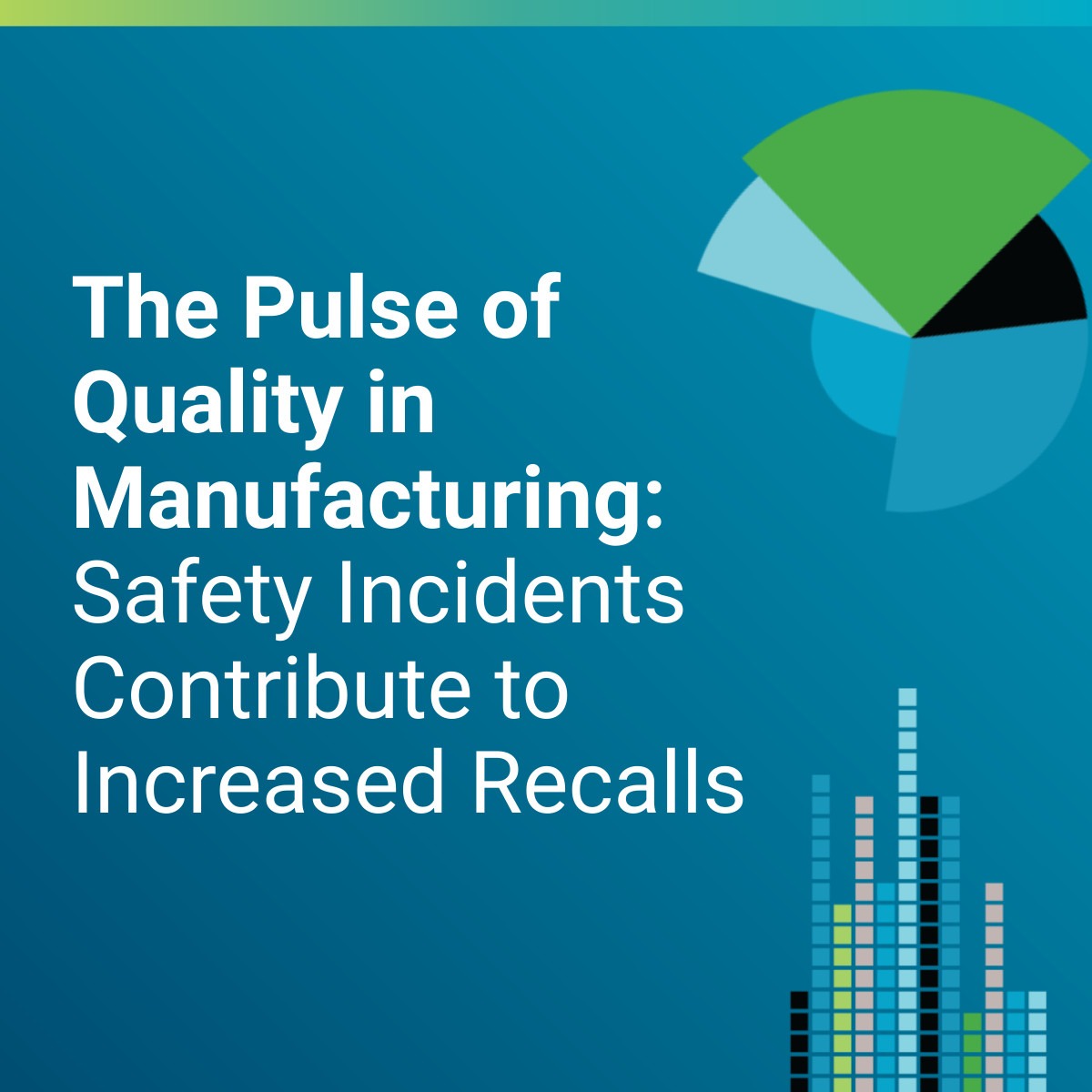In the recent article published by Enterprisers Project, Risk management: 4 key strategies, ETQ CTO Morgan Palmer, explored the types of risk that can affect organizations, especially today – not only in terms of financial hits, but also brand reputation and customer and employee satisfaction.
According to a Deloitte survey, while 100 percent of leaders believe their organizations will face serious threats, less than 40 percent of CEOs have a plan to invest in a process for identifying and addressing them.
So, where exactly does risk come from and how can a risk matrix help you properly make a plan? Check out some of the highlights of the Enterprisers Project article to find out:
The Four Types of Risk
- Design Risk. Identifying problems and product quality issues as early as possible, can save costs on scrap, rework or recalls. A few methodologies for estimating risk are to conduct a Failure Modes and Effects Analysis (FMEA), a safety analysis mode, and Hazard Analysis and Critical Control Points mode (HACCP). These can provide the detailed and granular insights found in strategic data connected to the design process.
- Supply Chain Risk. Faulty parts can endanger consumers and compromise production processes, and supply chain disruption can cause product delays that impact sales. For these reasons, suppliers must be treated as an extension of the company and included in its risk management initiatives.
- Production Risk. Problems can happen during production and unknowingly be rolled out to customers. It’s important to align quality control data from the shop floor with quality management processes to proactively take action to mitigate different levels of risk. In addition, predictive analytics can identify patterns in nonconformances and potential outcomes and track these issues to develop a better idea of what could happen in the future.
- Post-Market Risk. Enabling continuous improvement can make sure new risk doesn’t creep back into processes and products. Creating a dynamic feedback loop that connects complaints and customer feedback can better inform design, engineering, supply chain management, and production processes.
A Risk Matrix: The Blueprint to Risk Management
A risk matrix identifies the likelihood of an event multiplied by its impact. The first step in creating a risk matrix is to break up probability and severity into numerical scales, and then plot these scales to calculate risk in three zones: low, moderate or high risk.
Corporate risk has been clearly on the rise, given the pandemic, supply chain disruption, , labor shortages and growing product complexity. Yet, a strategic approach to risk management developed through a dynamic, cross-functional and multi-disciplinary process can go a long way to lessening its impact.
View the full article here.


